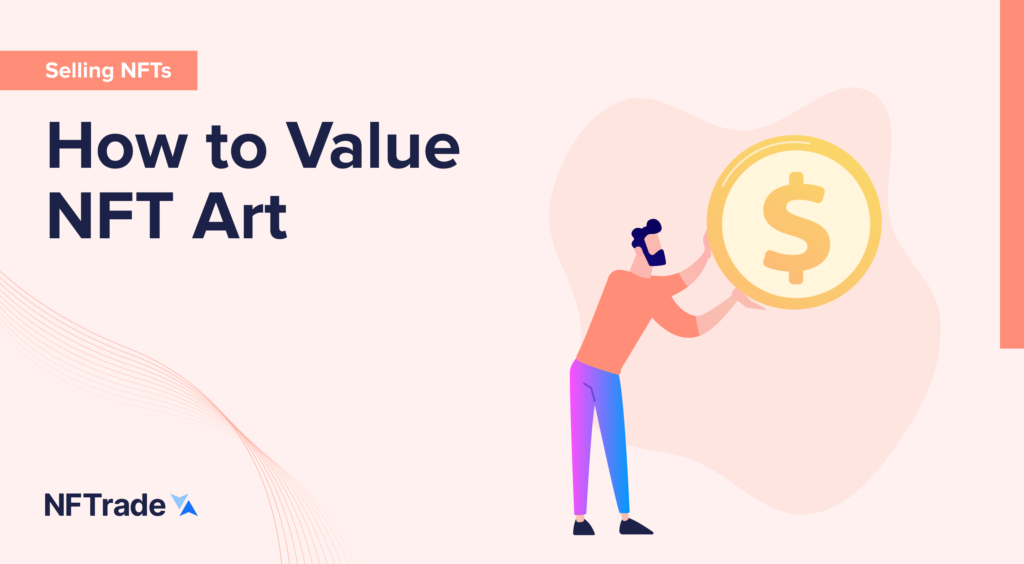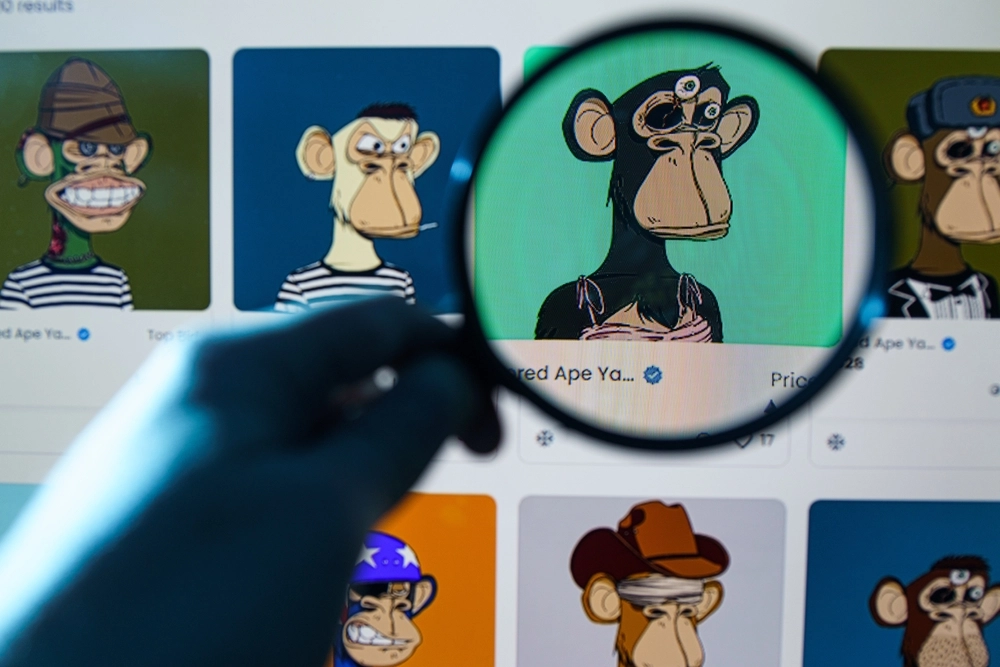Selling
How to Value NFT Art?

With billions in sales volume in 2021, it’s safe to say that NFTs seem like they’ll be here for the long run. However, despite the fact that there’s a lot of money to be made in the NFT industry, most people still don’t understand what makes particular NFTs worth hundreds of thousands of dollars when the average price of an NFT is just over a hundred dollars (and sometimes less depending on the blockchain it has launched on).
Factors that Determine an NFT’s Value
Due to the fact that NFTs are a relatively new asset class, it might be a little challenging to determine the exact value of these assets, especially when trying to value subjective art. However, as NFTs gained more traction over the past few years in a variety of industries, attaining significant valuations, four primary factors for determining their worth have emerged.
Utility: The real-world use of an NFT determines its utility, whether in the physical or digital environment. Utility refers to functionality beyond just simply being traded. This might be earning additional cryptocurrencies just by holding it, getting access to other features, or pretty much anything else beyond just trading at face value. Even the community of owners can be a massive utility, which we will go into deeper below.
Creator(s): The creator(s) of a NFT collection also plays a part in determining an NFT’s value. A celebrity artist’s brand value and reputation, for instance, may have a higher-priced NFT in comparison to that of another unestablished artist. A number of NFT creators in the sports business have recognized this and have collaborated with well-known artists to create digital-first, one-of-a-kind collectibles. These NFTs appeal to purchasers because they are unique and different from the types of traditional goods accessible for purchase.
Community: The NFT and crypto communities have several similar attributes, and a major one is the effect the communities have on the value of the tokens. These communities are quite unique; for example, they usually have their own lingo filled with inside jokes and references to their project.
The communities are usually what turn the wheels of a successful NFT project, a major driving force in both short and potential long-term value. They are, in many circumstances, the number one factor behind the success of a NFT initiative. Communities are a significant contributor to the sector’s phenomenal growth.
Subjective Value: Because NFTs are one-of-a-kind unique digital assets, buyers can price them using their own individual subjective values. If a buyer believes an asset is valuable, it becomes so, and the amount they pay for it may become the general market price. The price of the asset will remain at a level based on how much was last paid for it. As a result, many people may purchase a work of art or an NFT in the hopes that someone else will pay a higher price, allowing them to profit.
How to Define an NFT’s Rarity
As a token’s scarcity is one of the most important factors in establishing the value of a non-fungible token, rarity is critical when determining an NFT’s value. One of the best ways to determine the rarity of NFTs is by using rarity.tools, a website created to sort NFTs according to how rare a token is.
This tool provides a practical and straightforward ranking of NFT rarity, which instantly determines if your NFT is rare or common within a collection. As a result, NFT collectors are able to readily compare the value of NFTs within specific collections.
Purchasing an asset at the floor price is optimal when investing in any asset, especially NFTs. That’s because it provides an accessible entry point for newcomers to the project, especially when compared to rarer editions with much higher price tags. Because markets order NFTs from cheapest to most costly, cheaper NFTs fit into a wider number of potential purchasers’ bankrolls and gain from higher publicity. When a project’s demand grows, the floor price for standard NFTs may rise faster than the price of moderately priced NFTs.
On the other hand, buying a rare NFT within a game or project guarantees you’ll be getting a valuable asset from the start. As the value of the asset grows, your NFT becomes more expensive, thus making you potentially richer.

Selling an NFT to Yourself — How Value is Created Out of Thin Air
Although the burgeoning NFT sector is filled with honest creatives, there is always the occasional hustler attempting to profit from the situation. One way they do that is by creating an asset and selling it to themselves to drive up the value.
This phenomenon started in cryptocurrency, as scammers would invent a meaningless coin, sell a small portion of the overall supply, and then inflate the sale price to make themselves wealthy on paper. Still, now we can see the same notion with NFTs.
Watch out for Money Grabs
Due to the fact that the NFT market is decentralized and highly unregulated, you should always exercise extreme caution when purchasing an NFT, as everything is irreversible, meaning there isn’t much that can be done if you get scammed.










